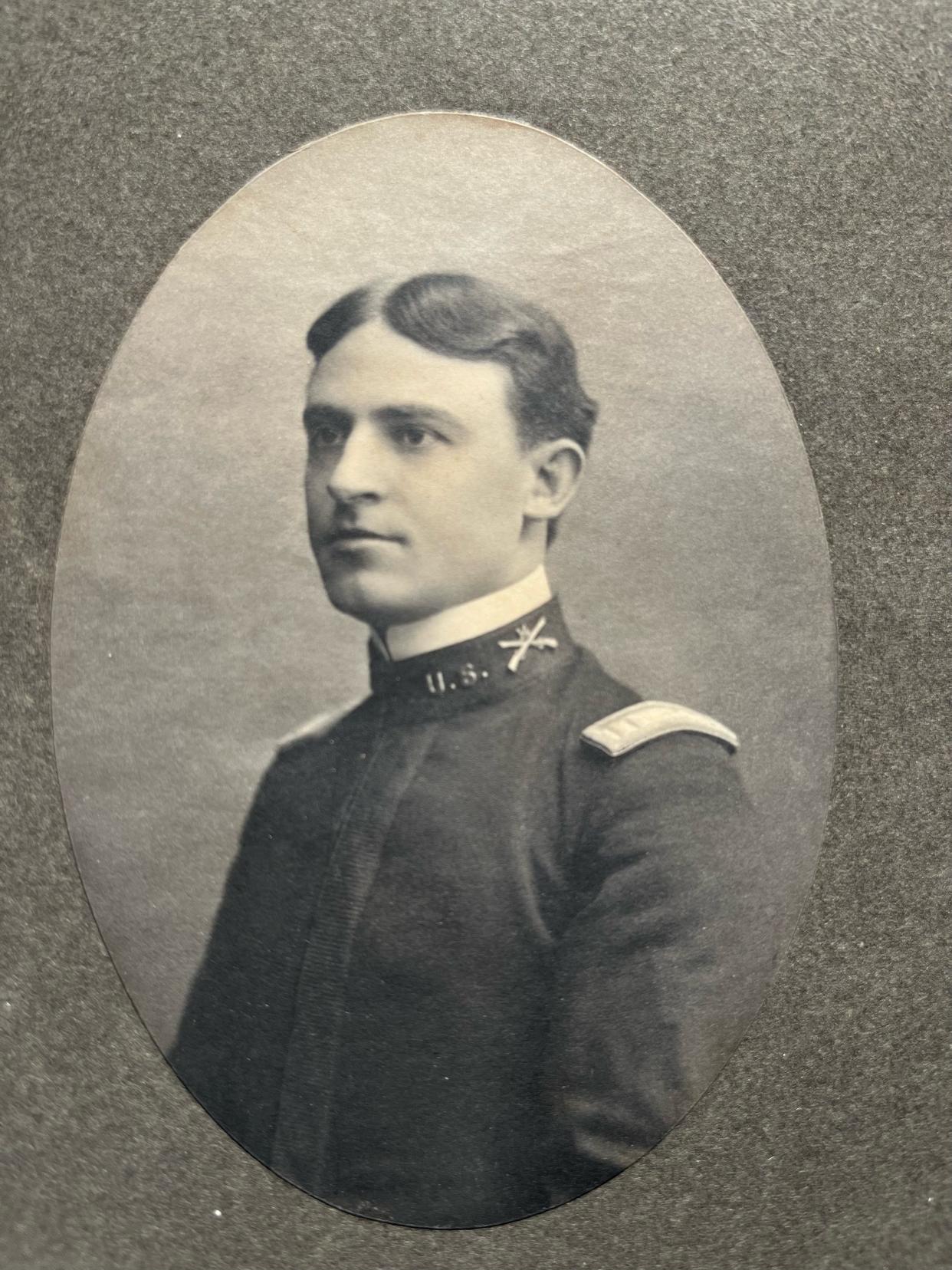Veterans column: Perry Miles faced different kinds of enemies after Spanish-American War

The official end of the Spanish-American War was with the signing of the Treaty of Paris on Dec. 10, 1898, but the fighting in the Philippines ended with the capture of Manila in August 1898. Yet there were new tensions between the American troops and the Philippine insurrectionists who worked together to overthrow Spanish rule.
Now the Filipinos who had fought for an independent Philippine nation were afraid they would become subjects of the United States, so tensions were very high between the American soldiers and the Filipino troops. Then-1st Lt. Perry Miles wrote in his memoir, "Fallen Leaves: Memories of an Old Soldier," that, "Eventually the situation was eased in an agreement by which the insurgents would move outside the city limits beyond designated boundary lines and would be allowed to come into the city only if unarmed and individually at designated examining posts."
Over the next few months, Miles, of Johnstown, Licking County, wrote about enemies that the Americans faced of a different nature. The first was the local alcoholic drink that the natives called bino.
"I don’t know just how it was made," Miles wrote, "but it was from the sap of the palms nipa and came out finally by distillation, I suppose almost pure alcohol. Native fishermen, who had been in the water most of the day, after going home would indulge themselves to the extent of a thimble full. Unfortunately, the American soldier wasn’t in the habit of taking his liquor in such minute doses. He might be rash enough and curiously vain enough of his ability to carry his liquor to fill his glass to brimming and drain it to the last drop of this native bino. But if he did this he would become crazy drunk in the literal sense.
"The guard house was used as the post of the guard for both the 14th Infantry and the 1st North Dakota Volunteers and the custody of the prisoners of both regiments. For a time, we had a bino drunk nearly every night to persist in their maniacal yells for hours." Miles reported that the prisoners were gagged and tied with ropes to "Keep the maniac from threshing around and perhaps striking others or seriously injuring himself, and the gagging to keep the voice throttled down to a whisper."
The other danger to the troops that Miles wrote about was the intestinal disorders among the men. The hospitals were filled with cases of dysentery, and the death toll rose to an average of three men a day. Miles recorded that all of those who died received a military funeral that was conducted in the hospital. After the service, the body was placed on a caisson and the band began playing the "Dead March" as the body was taken for burial.
"After the practice had been engaged in for some time, the demoralizing effect of this music three times a day on the other patients was finally discovered by someone," Miles wrote. "I suppose the 'Dead March' sounded to the poor devils fighting for their lives in the hospital as if it was saying, 'You are the next, most certainly the next.' Needless to say, quick action was taken, all organizations and bands being instructed to refrain from playing until they were out of hearing from the hospital."
Miles was not immune to the hardships of the disease as he noted that he also suffered from intestinal disorders and his weight dropped to 120 pounds. (To be continued)
You are invited to visit the downtown Newark location of the Licking County Library to view the May Collective exhibit. On display are the names of the 1,098 men and women who lived, died or were buried in Licking County while they were serving their country. Doug Stout is the Licking County Library Local History Coordinator. You may contact him at 740.349.5571 or dstout@lickingcountylibrary.org.
This article originally appeared on Newark Advocate: Veterans column: Americans faced different enemies after Spanish war
